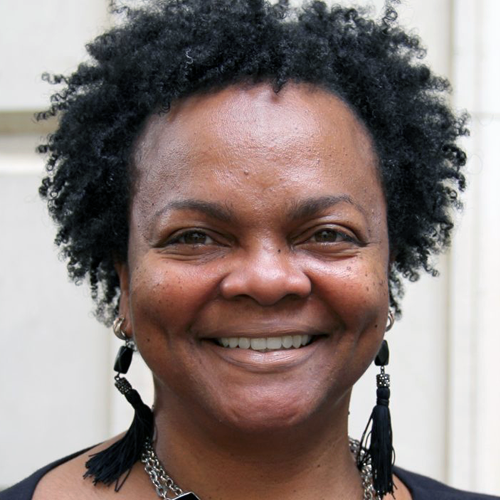UT-Austin pharmacy researchers receive funding to increase accessibility of biosimilar drugs
March 31, 2021
A College of Pharmacy research center will receive funding to increase the accessibility of drugs that are similar to other approved medicines in cancer treatments from the National Comprehensive Cancer Network Oncology Research Program and Pfizer Inc., the program announced March 15.
Biosimilars are drugs that are chemically similar to other medicines approved by the U.S. Food and Drug Administration, said Michael Johnsrud, a co-principal investigator for the project and executive director of UT’s Texas Center for Health Outcomes Research and Education. Biosimilars differ from generic drugs, which are chemically identical to the original. Both types of medicine encourage competition, which could drive down prescription costs and expand access, Johnsrud said.
“Some of these (biosimilar) entrants have only come into the market over the last couple of years,” Johnsrud said. “Biosimilars (are) really new to a lot of people. It’s new to … oncology providers, it’s new to patients, it’s new to health insurance companies.”
Johnsrud said there are some biosimilar products currently approved by the FDA, such as Mvasi, a biosimilar to the cancer drug Avastin. Mvasi is the first FDA-approved biosimilar for treating lung, brain, cervical and kidney cancer.
Despite several biosimilars receiving approval from the FDA, Johnsrud said the use of the drugs has been much slower than expected. However, scientists are now starting to see a small uptick in usage.
Co-principal investigator Carolyn Brown said because the use of biosimilars is still uncommon, the research group will work to identify trends or factors to create strategy, intervention or companywide educational initiatives to encourage product adoption.
Pharmacy professor Brown said the study will look into three sets of drivers. The first is perception: how health providers and patients approach usage of biosimilars. The second is operational: how cancer treatment plans affect biosimilar usage. The third is economic: whether a patient can afford biosimilars or if insurance covers the drug.
“The idea is that if we do it well, and we will, that we uncover the issues that are relevant in biosimilar utilization,” Brown said.
Graduate research assistant Owanate Briggs, who will work on the first part of the research, said she plans to coordinate with four different focus groups of practitioners, nurses and administrators that are part of the U.S. Oncology Network to understand how health professionals perceive biosimilars.
“What we want to get at is: What goes through their heads when they think about biosimilars?” Briggs said. “What concerns do they have? What do they know already? What do they not know? What do they wish they knew? How do their patients talk about it?”
Johnsrud said the group hopes to start on the project in a few weeks and work on it for 12 to 18 months. By the end of the project, the team hopes to understand the barriers and facilitators of biosimilar utilization.
“If we meet our objectives of the study, we’re going to understand better the nature and extent of the determinants of biosimilar utilization,” Johnsrud said. “We’re at a really important point in the utilization of biosimilars.”
Editor’s Note: This story has been corrected to show that the team will not be looking into clinical trial participation. The Texan regrets this error.



